Dark Tourism: Secrets, Spies & 15 Ultimate Adventures
Witness the eerie beauty of once-secret places. Explore abandoned cities and ghost towns left to decay. From Chernobyl, the site of history’s worst nuclear disaster in history, to Cambodia’s Killing Fields, there are many thought-provoking sites around the world. Why play it safe when you can take the plunge into the unknown?
DARK TOURISM USA
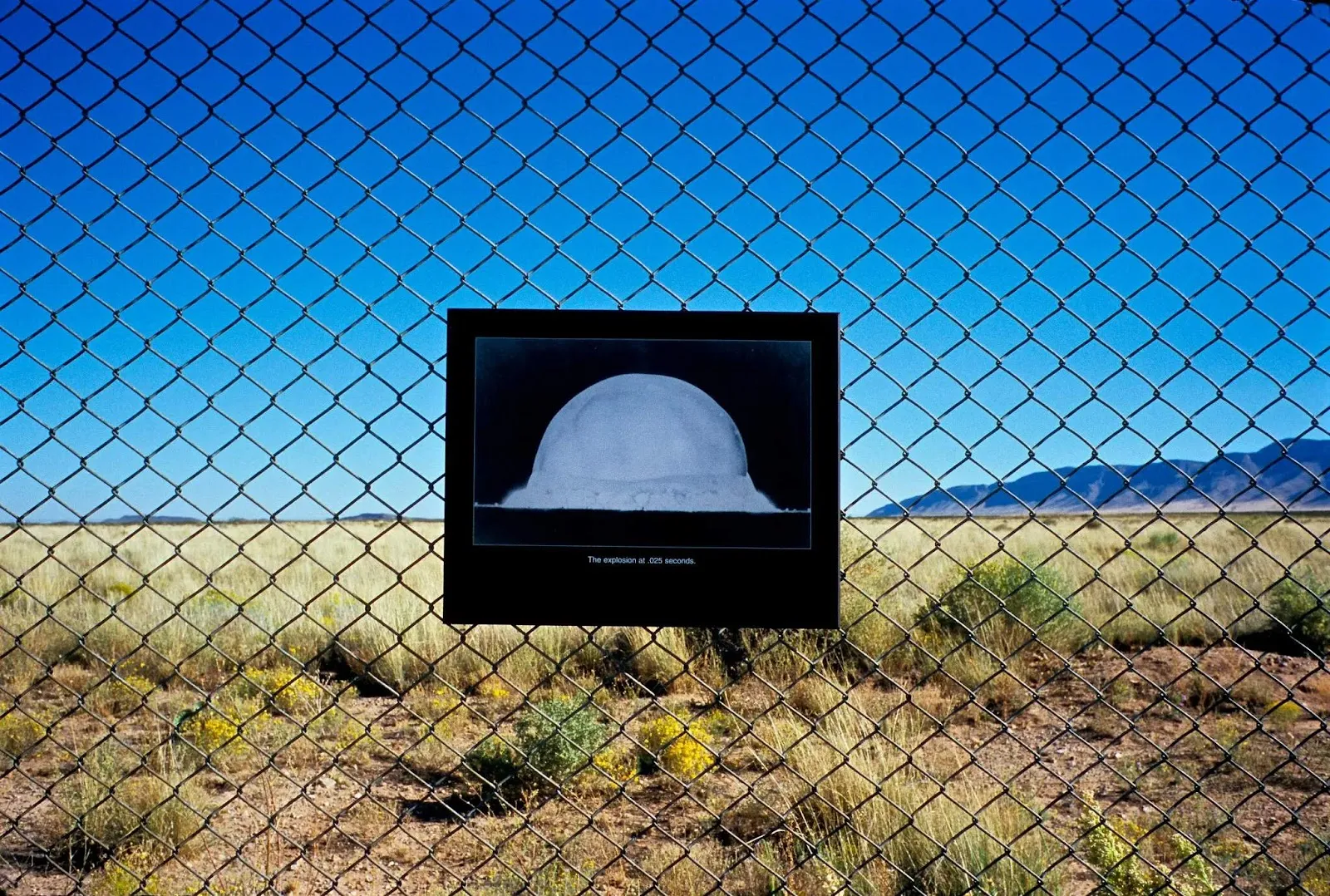
1. The Trinity Site, New Mexico
The atomic age began on July 16, 1945, when scientists detonated the first atomic bomb on New Mexico plains known as the Jornada del Muerto (Journey of Death). Nuclear physicist Robert Oppenheimer chose the top-secret code name Trinity. The bomb was atop a 100-foot-tall steel tower designated as ‘Zero’. The foot of the tower was ‘Ground Zero’. Witnesses first saw a flash and, within seconds, the first, deadly mushroom cloud. Trinity Test director Kenneth Bainbridge calls it “foul and awesome”. The explosion point on the White Sands Missile Range is usually closed to the public, but twice a year the US Army hosts a Trinity Site Open House.
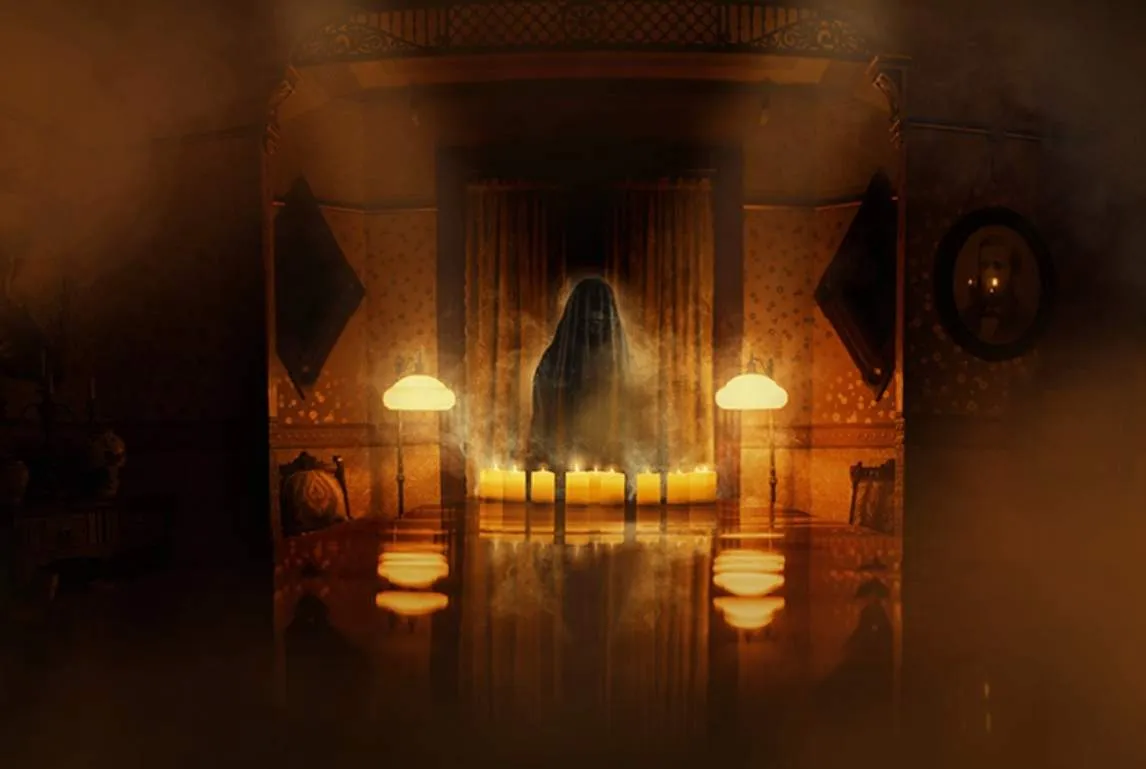
2. The Secrets of Winchester Mystery House
Stepping into Winchester Mystery House in San Jose, California is a leap into the dark side. You may hear whispers, footsteps, and windows slamming, or experience cold spots and the feeling that you are being watched. It might be in your imagination - then again, the stately home has a reputation as the most haunted house in the US. Winchester Mystery House was once owned by Sarah Winchester - heiress to the gun fortune - and the mansion was built to her bizarre specifications to appease the ghosts haunting her. You’ll find stairways that lead to nowhere and doors that open to blank walls. You’ll be fine. Just don’t get lost.

3. Centralia, Pennsylvania
Centralia is a time capsule, an eerie ghost town that once housed more than 1,000 residents but it has been on fire since 1962. A blaze in a land mine spread to the labyrinthine coal mines and it has burned for decades. Pennsylvania evacuated the town in the 1980s, hoping to flatten what was left of it - they even removed its zip code - so officially, at least, Centralia doesn’t exist. Pennsylvania’s lost town may be best viewed online though. There are six homes still believed to be occupied so venture in at your own risk. If the toxic environment doesn’t harm you, the wildlife might finish the job.

4. National 9/11 Memorial & Museum
It is impossible to properly explore the US without at least considering a visit to the National 9/11 Memorial & Museum, 'Ground Zero' in New York City, the Pearl Harbor/USS Arizona Memorial site in Hawaii, or Arlington national cemetery, Washington D.C. We bow our heads and leave the choice to you.
DARK TOURISM: EUROPE

5. Les Catacombes de Paris
The Catacombs of Paris underground tunnels offer a unique way to experience the French capital. They were created as an underground cemetery in the late 18th century when Paris’ cemeteries faced severe overcrowding. Today, the Catacombs house the remains of more than 6m people. As you descend the narrow staircases - there are more than 100 steps to climb both up and down - you can explore for more than a mile. You'll feel a sense of awe and reverence for the countless individuals whose remains are interred in a hauntingly beautiful, eerie atmosphere. Consider also the fascinating feat of engineering - the complex system of tunnels spans almost 200 miles.
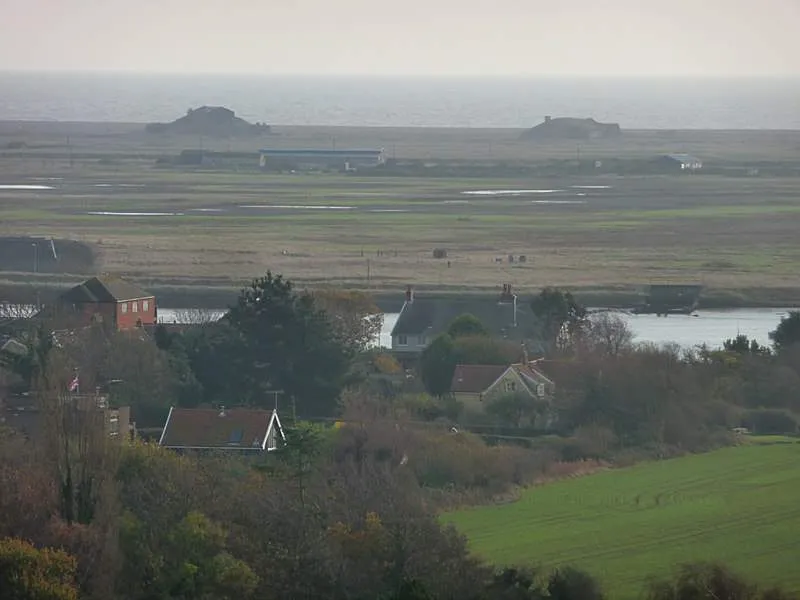
6. Orford Ness, England
You may have heard of Orford Castle in the east of England where a ‘Merman’ is said to have been imprisoned in the castle. The quaint town is home now to resident spy novelist Anthony Horowitz and spooky Orford Ness. The peninsula was formerly administered by Britain’s Ministry of Defense, which conducted secret military tests during both world wars and the Cold War. The site was selected as the location for the Orfordness Beacon, one of the earliest experiments in long-range radio navigation. In the 1930s Orford Ness was the site of the first purpose-built experiments on the defense system later known as radar. Open April to October, access is strictly controlled so book ahead.
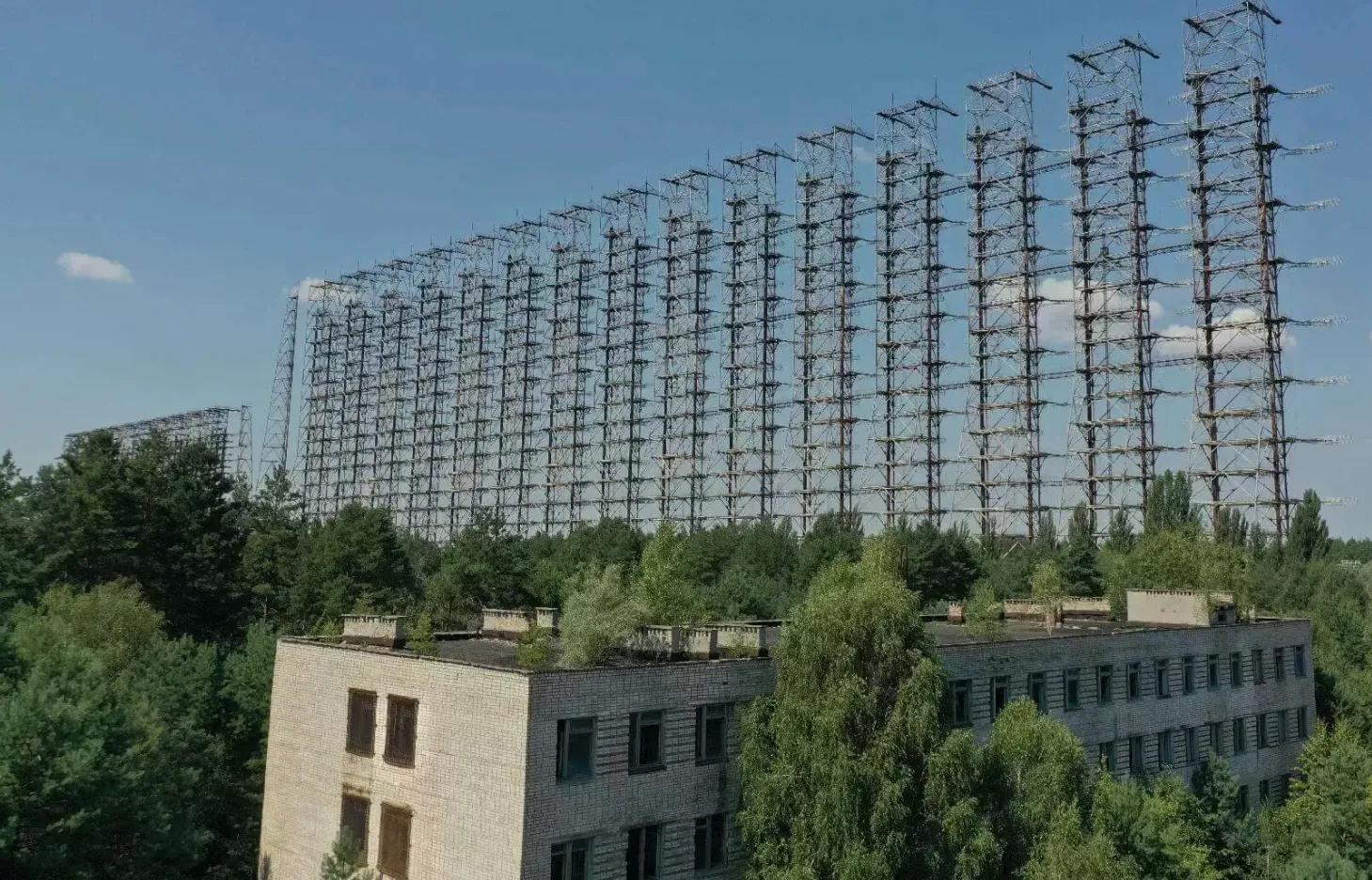
7. The Chernobyl Exclusion Zone in Ukraine
The Chernobyl Exclusion Zone remains one of the most radioactive areas in the world so even if there was no war in Ukraine it wouldn’t be advisable to visit on foot. The 1986 meltdown of a reactor in the Chernobyl Nuclear Power Plant caused the world's worst nuclear disaster. We'll never know exactly how many people were killed - estimates range from a few thousand to almost one million. Some companies still advertise helicopter tours so you can see the ghost towns from the air - but did we mention there is a war going on? If it’s on your bucket list, you may want to wait until it is safe to travel.

8. Imber, England
British and American forces needed a training ground for the WWII D-Day landing when they evacuated the English village of Imber in 1943 - ordering everyone to leave just before Christmas - and the town remains deserted today. The village was wiped off of the map. Many of the buildings were demolished, although the church remains intact. The land lies within a 94,000-acre military training ground and is designated 'too important' to allow the residents back in - although some still live in hope. The ghost town is occasionally - albeit rarely - opened for public tours.
DARK TOURISM: KOREA & JAPAN
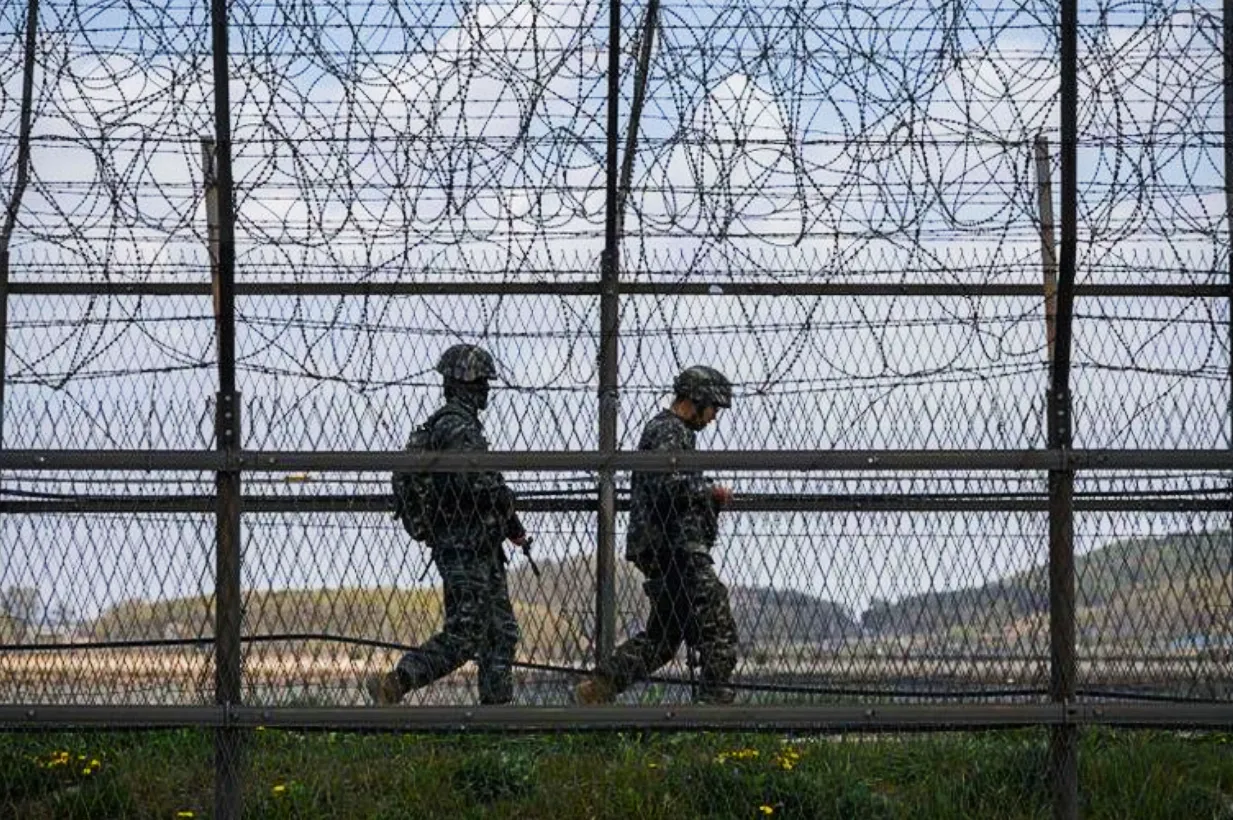
9. The Demilitarized Zone (DMZ)
The Demilitarized Zone (DMZ) separating the two Koreas is often referred to as the world's last remaining Cold War frontier. South Korean and US-led UN coalition forces fought to a standstill here with North Korean and Chinese troops during the 1950-53 Korean War. Surprisingly, the 150-mile high and 2.5-mile wide security buffer is also a major tourist attraction. Each September, UN Command Security Battalion troops set up a Missing Man display in the DMZ to honor POWs and those missing in action. Roughly 36,500 US troops were killed and the whereabouts of 7,500 US soldiers are not known. The remains of US and Allied troops killed in the Korean War continue to be discovered on the Korean Peninsula.
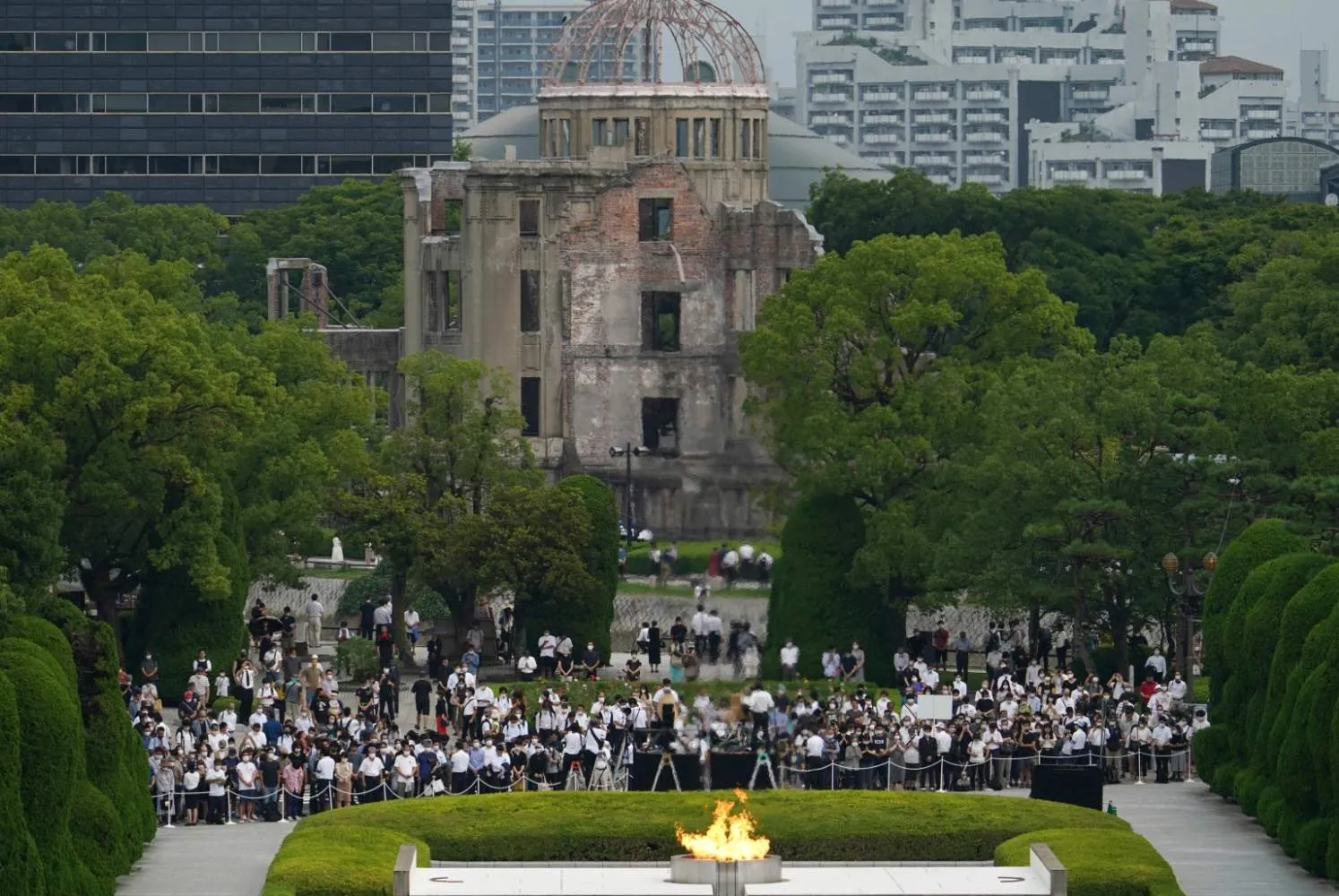
10. Hiroshima, Japan
August 6, 1945 was a day that changed Japan and the world forever. It is believed that roughly 70,000 to 135,000 people died in Hiroshima and 60,000 to 80,000 people in Nagasaki, mostly civilians. Rumors of the top-secret Manhattan Project reached Japan in WWII but no Japanese spies were known to have infiltrated the operation. In addition to the Peace Memorial, you may want to pay your respects at the Flame of Peace which has been burning for decades and will continue until the last nuclear weapons on Earth are destroyed.
"The brand new social experience where you activate your gaming skills as you train like a spy."
- TimeOut
Take on thrilling, high-energy espionage challenges across different game zones.

HONORABLE MENTION

11. New Orleans and southern vampires
Twilight and Anne Rice fans may want to immerse themselves in New Orleans vampire folklore and the community of modern vampires. Surveys have found that at least 5,000 Americans identify as real vampires and at least 50 of them live in New Orleans. The (Atlanta-based) Vampire Alliance is another possible starting point.
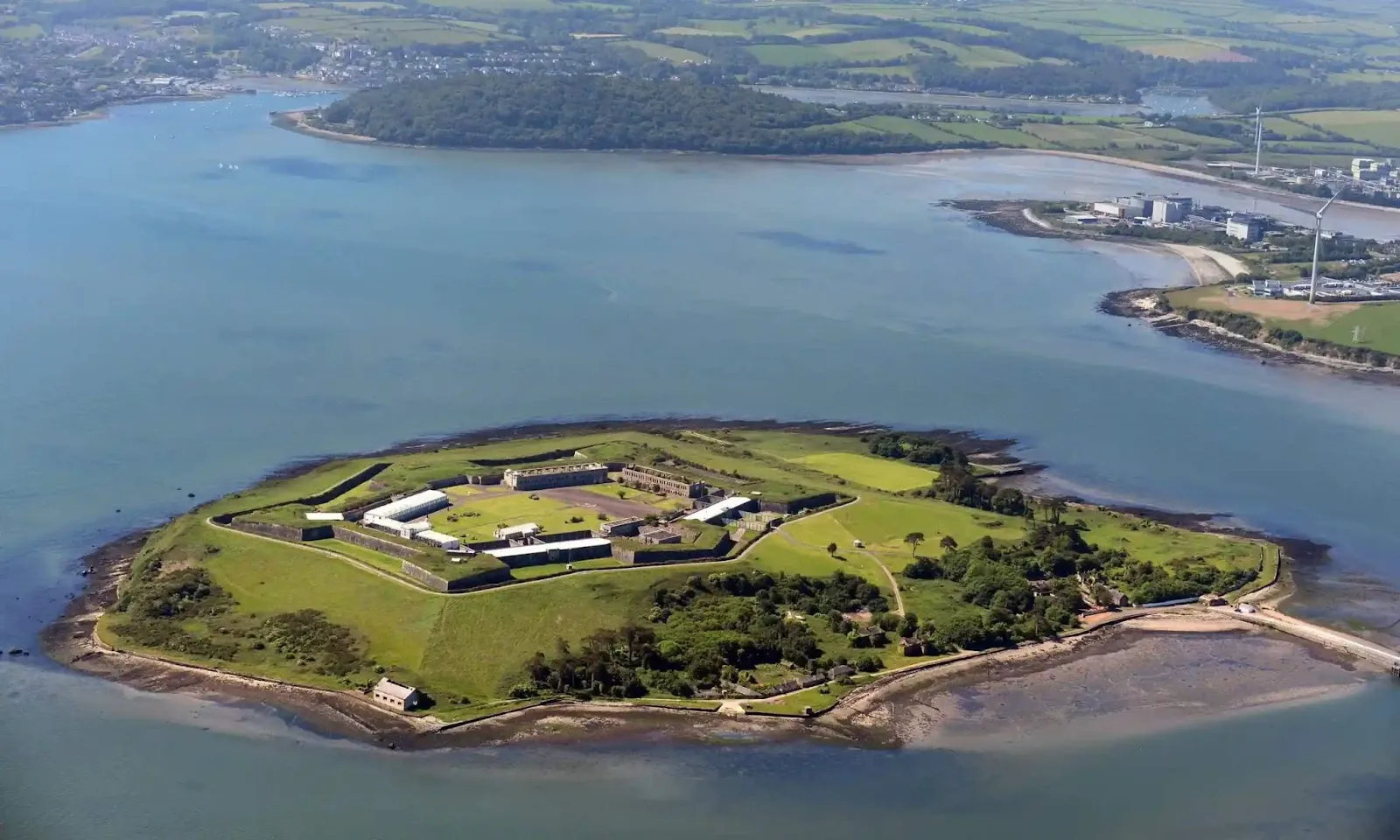
12. Spike Island, Ireland’s Alcatraz
From Spike Island to Doagh Famine Village and Wicklow’s Historic Gaol, Ireland’s dark history is one of war, famine, and adversity. Nowhere is that more central than on Spike Island, the site of a former monastery, fortress, and prison. Find out all the dark past of the island and Percy Fawcett, the British spy, surveyor, geographer, jungle adventurer, and writer who lived on the island and held seances to contact the dead.

13. Canada’s creepy doll museum
Canada has its fair share of dark tourism from ghost towns to walking tours of Camp X, the top-secret WWII training school. But it is the thought of a rural museum in small town Alberta that keeps us awake. Fear and Wonder is packed with creepy dolls, ouija boards, and other objects designed to provoke thoughts about relationships and human possessions. Situated in a renovated Army barracks outside the small community of Bergen, it can be visited on an appointment - if you dare.

14. Gibraltar’s Stay Behind Cave
Only 30 visitors a year are allowed to explore the labyrinth of tunnels in Gibraltar that lead to a top-secret chamber where, during WWII, Britain was prepared to leave behind a covert surveillance team in case Gibraltar fell into enemy hands. The plan was for the six men to be bricked up in the bunker so they could monitor enemy movements from deep inside the Rock. They were even willing to be sealed in cement if they died while defending their country. Fortunately, it didn’t come to that.
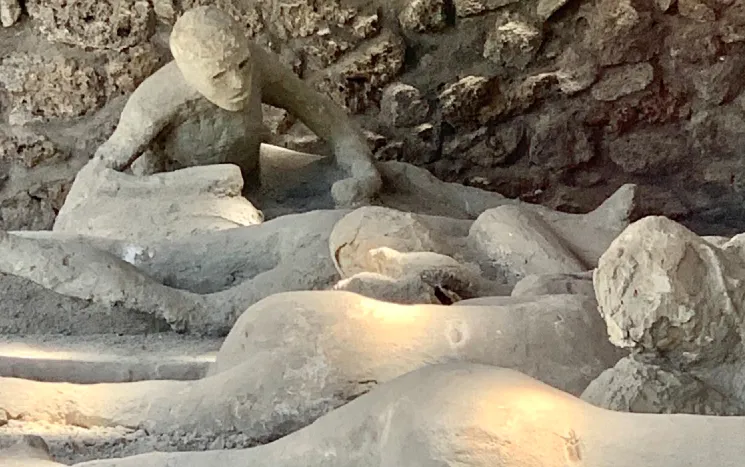
15. Pompeii, Italy
Buried under volcanic ash and pumice in the Eruption of Mount Vesuvius in 79 AD, Pompeii is possibly the oldest Dark Tourism destination in the world. The partially buried Roman city is near modern Naples. Plaster casts of victims from the Garden of the Fugitives are a stark and eerie reminder, both beautiful and horrifying in their simplicity.
SPYSCAPE+

Join now to get True Spies episodes early and ad-free every week, plus subscriber-only Debriefs and Q&As to bring you closer to your favorite spies and stories from the show. You’ll also get our exclusive series The Razumov Files and The Great James Bond Car Robbery!


Gadgets & Gifts
Explore a world of secrets together. Navigate through interactive exhibits and missions to discover your spy roles.
Your Spy Skills
We all have valuable spy skills - your mission is to discover yours. See if you have what it takes to be a secret agent, with our authentic spy skills evaluation* developed by a former Head of Training at British Intelligence. It's FREE so share & compare with friends now!
* Find more information about the scientific methods behind the evaluation here.


Stay Connected
Follow us for the latest
TIKTOK
INSTAGRAM
X
FACEBOOK
YOUTUBE